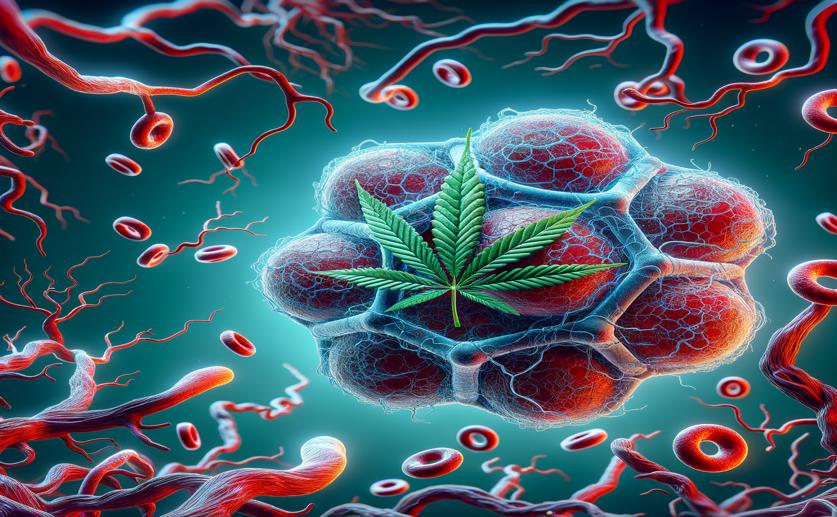
Study of a Plant Compound's Role in Promoting Blood Vessel Growth
Greg Howard
23rd May, 2024

Image Source: Natural Science News, 2024
Key Findings
- Researchers from the University of Macau and Hong Kong Polytechnic University found that polysaccharides from the mushroom Amauroderma rugosum can help form new blood vessels
- Among the four polysaccharide fractions tested, the third fraction (PAR-3) showed the strongest ability to promote blood vessel growth in zebrafish with induced vascular issues
- PAR-3 also stimulated human endothelial cells to grow, move, and form new blood vessels, suggesting its potential for treating vascular problems and aiding wound healing
References
Main Study
1) Characterization of a polysaccharide from Amauroderma rugosum and its proangiogenic activities in vitro and in vivo.
Published 20th May, 2024
https://doi.org/10.1016/j.ijbiomac.2024.132533
Related Studies
2) Spatholobi Caulis extracts promote angiogenesis in HUVECs in vitro and in zebrafish embryos in vivo via up-regulation of VEGFRs.
3) Evaluation of the wound healing properties of South African medicinal plants using zebrafish and in vitro bioassays.
4) Copper stress impairs angiogenesis and lymphangiogenesis during zebrafish embryogenesis by down-regulating pERK1/2-foxm1-MMP2/9 axis and epigenetically regulating ccbe1 expression.



 25th February, 2024 | Jim Crocker
25th February, 2024 | Jim Crocker